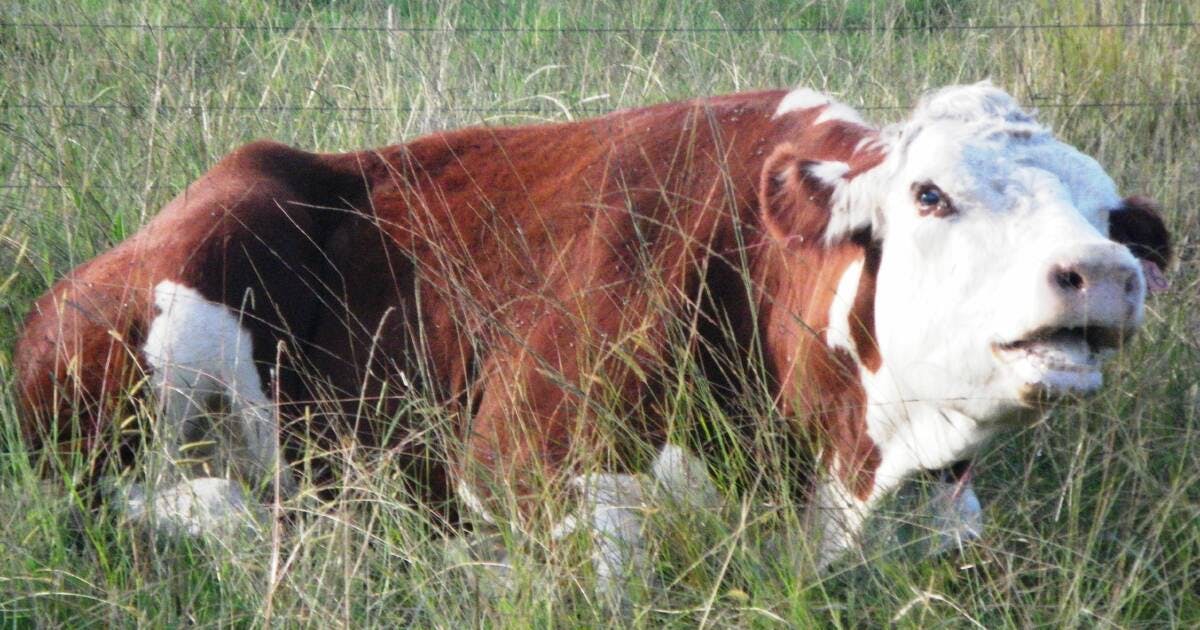
Bovine Leukosis: A Comprehensive Overview
Bovine leukosis, also known as bovine lymphosarcoma, leukemia, or malignant lymphoma, is a disease caused by an oncogenic retrovirus affecting cattle. In this comprehensive guide, we delve into the etiology, transmission, clinical findings, diagnosis, treatment, control, prevention, zoonotic risk, and key points regarding bovine leukosis.
Etiology, Transmission, and Epidemiology
Bovine leukosis is primarily caused by the bovine leukemia virus (BLV), an exogenous C-type oncogenic retrovirus. BLV leads to enzootic bovine leukosis, with stable genome characteristics and no chronic viremia. The prevalence of BLV infection varies globally, with the United States experiencing relatively high rates compared to other regions due to various factors such as herd size and transmission practices.
Transmission of BLV occurs through blood and blood products containing infected lymphocytes. Close contact between infected and uninfected cattle, as well as common farm practices like tattooing and injections, contribute to viral spread. Vertical transmission from dam to calf and horizontal transmission among cattle are significant routes of infection.
Clinical Findings and Diagnosis
Clinical manifestations of bovine leukosis vary based on the affected organ system. The disease can manifest as sporadic lymphosarcoma or enzootic bovine leukosis, with different age groups showing distinct patterns of lymphosarcoma development. Diagnosis relies on serologic testing, PCR assays, cytology, and histologic examination to confirm BLV infection and lymphosarcoma.
Treatment, Control, and Prevention
Currently, there is no specific treatment for BLV infection or lymphosarcoma in cattle. Control measures focus on limiting the transfer of infected lymphocytes and implementing test-and-cull programs for infected animals. Prevention strategies include bloodless dehorning methods, equipment disinfection, single-use needles, and managing colostrum from seronegative cows to reduce transmission risks.
Zoonotic Risk and Key Points
While BLV is not commonly considered zoonotic, research has detected viral DNA in human tissues, raising questions about potential zoonotic implications. Understanding the zoonotic risk requires further investigation. Key points include the importance of serologic testing, histologic examination for diagnosis, and implementing effective control and prevention measures on farms.
For more information and detailed resources on bovine leukosis, refer to the resources provided below.
Topic Resources:
